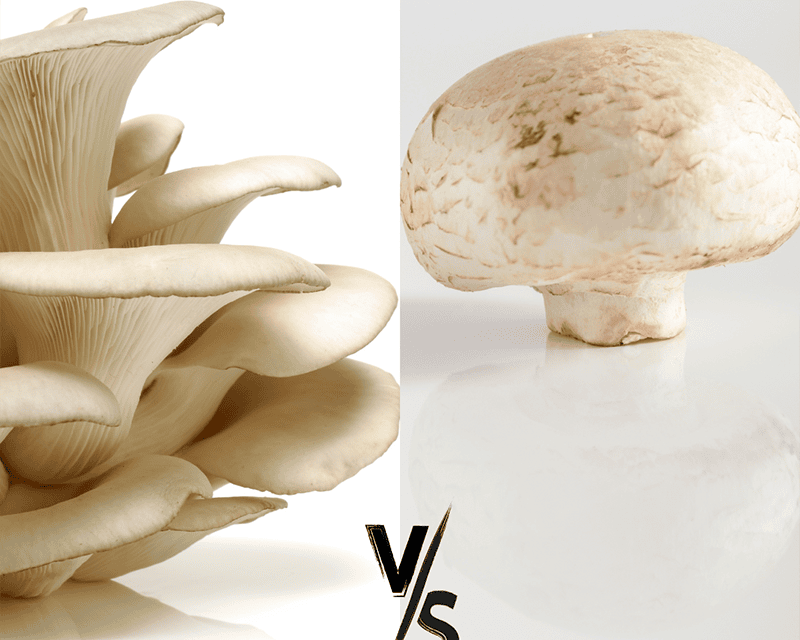Oyster Mushrooms vs Button Mushrooms:
Oyster mushrooms and button mushrooms are two popular varieties that are often compared for their taste and texture. Oyster mushrooms have a delicate, mild flavor with a slightly chewy texture, while button mushrooms have a more earthy taste and a firmer texture when cooked. In terms of appearance, oyster mushrooms have a unique fan-like shape with a pale to dark brown color, whereas button mushrooms are small and white with a smooth cap.
When it comes to nutritional value, oyster mushrooms are known to be a good source of protein, fiber, and various vitamins and minerals such as vitamin D and B vitamins. On the other hand, button mushrooms are lower in calories and carbohydrates but still provide important nutrients like potassium, selenium, and antioxidants. Both types of mushrooms are low in fat and cholesterol, making them a healthy addition to any diet.
Growing Conditions :
Oyster Mushrooms:
Oyster mushrooms thrive best in moderate temperatures ranging from 55 to 70 degrees Fahrenheit. They prefer a humid environment with a relative humidity level between 55% to 90%. These mushrooms can be grown on various substrates such as straw, coffee grounds, or hardwood sawdust.
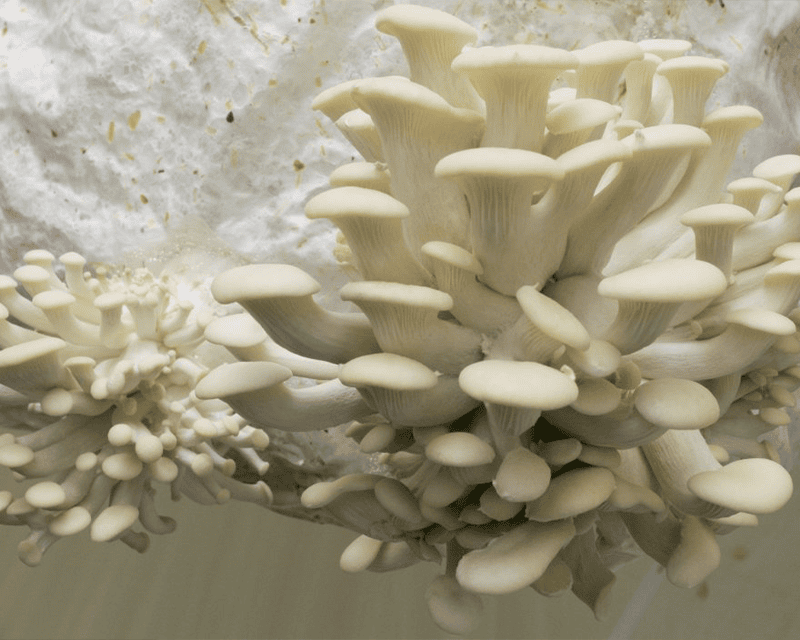
Proper air circulation is essential for oyster mushrooms to prevent the build-up of carbon dioxide. Growing oyster mushrooms require indirect sunlight or low-intensity artificial light for the mycelium to colonize the substrate. Additionally, maintaining a clean and sterile growing environment is crucial to prevent contamination and ensure a successful harvest of oyster mushrooms.
Button Mushrooms:
Button mushrooms, scientifically known as Agaricus bisporus, are one of the most widely cultivated mushroom varieties around the world. These mushrooms thrive in cool, dark, and humid environments. Ideal growing conditions for button mushrooms include temperatures ranging from 55-60°F and high humidity levels of around 85-95%.
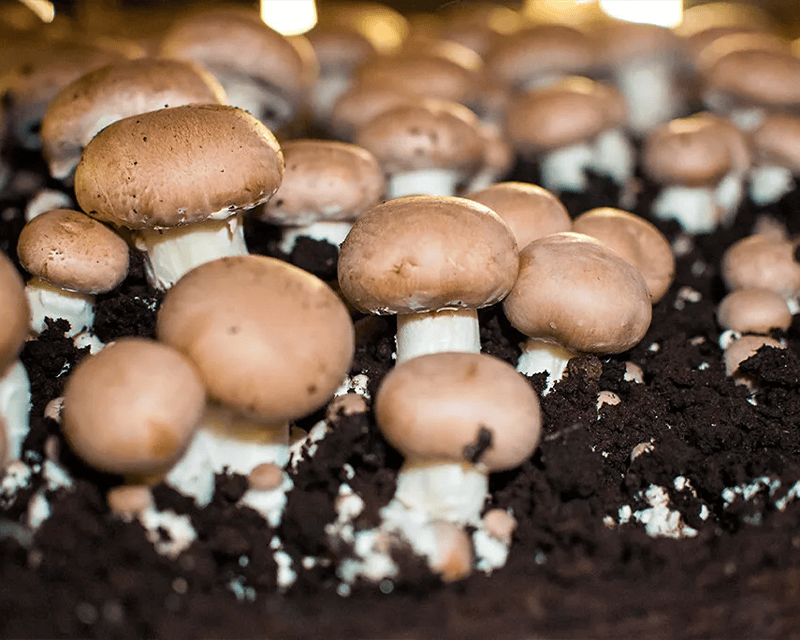
Button mushrooms prefer to grow in a substrate that is rich in organic matter, such as composted manure, peat moss, or agricultural waste. The pH level of the growing medium should be slightly acidic, around 6.0-6.8. Additionally, good air circulation is essential to prevent the build-up of carbon dioxide, which can hinder the growth of button mushrooms.
Nutritional Value:
Oyster Mushrooms:
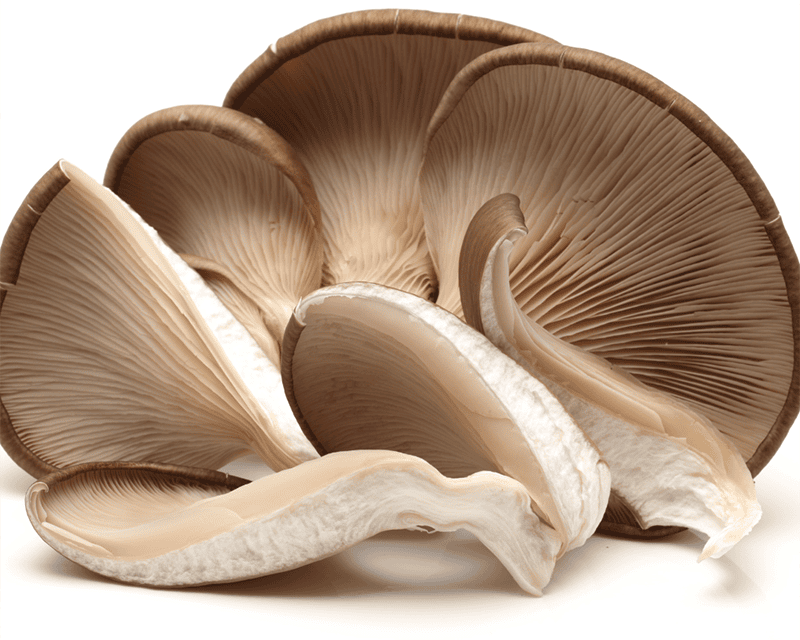
Oyster mushrooms are a powerhouse of essential nutrients, making them a valuable addition to any diet. They are low in calories but rich in protein, fiber, and various vitamins and minerals. Oyster mushrooms are a good source of iron, potassium, and vitamin D, which play crucial roles in maintaining overall health.
In addition to their nutrient content, oyster mushrooms are packed with antioxidants that help protect the body from oxidative stress and inflammation. These mushrooms also contain beta-glucans, a type of soluble fiber that is known for its immune-boosting properties. Incorporating oyster mushrooms into your meals can not only add a delicious flavor but also provide a range of health benefits to support your well-being.
Button Mushrooms:
Button mushrooms, also known as white mushrooms, are low in calories and fat, making them a healthy addition to any diet. They are a good source of protein, fiber, and various vitamins and minerals, including vitamin C, potassium, and selenium. Button mushrooms are also rich in antioxidants, which can help protect cells from damage caused by harmful free radicals in the body.
In addition to their nutrient content, button mushrooms are known to support a healthy immune system due to their polysaccharide compounds. These compounds are believed to have immune-boosting properties, helping the body fight off infections and diseases. Including button mushrooms in your meals can be a simple way to enhance your overall health and well-being.
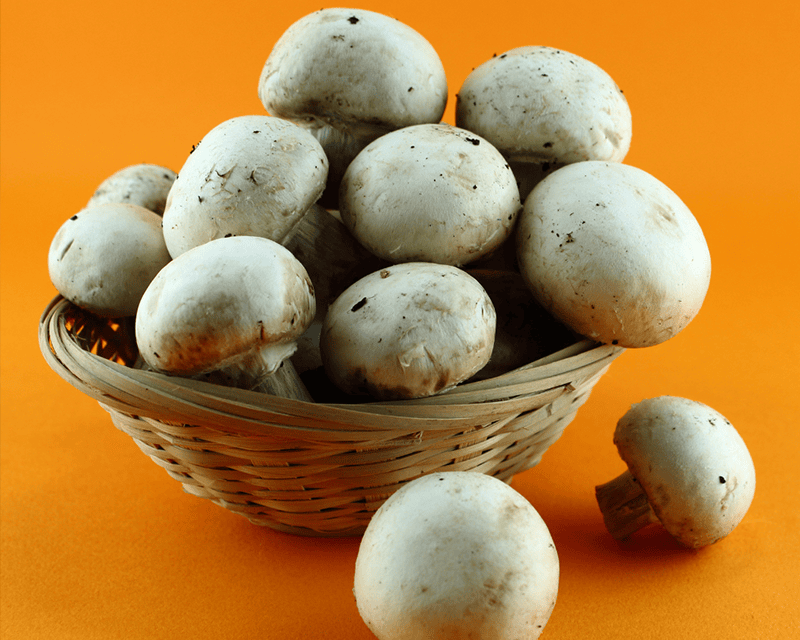
Taste Profile :
Oyster Mushrooms:
Oyster mushrooms have a mild and subtle flavor that is often described as savory and earthy. These mushrooms have a delicate taste that can easily absorb the flavors of other ingredients when cooked. The texture of oyster mushrooms is velvety and tender, adding a pleasant contrast to dishes they are used in.
When cooked, oyster mushrooms develop a slightly nutty undertone that enhances their overall flavor profile. Their versatility allows them to be incorporated into various dishes, from soups and stir-fries to pasta and risotto. Oyster mushrooms are known for their ability to add depth and richness to a wide range of recipes, making them a favorite among chefs and home cooks alike.
Button Mushrooms:
Button mushrooms, also known as white mushrooms, have a mild and slightly earthy flavor that pairs well with a variety of dishes. Their taste is often described as savory and meaty, making them a popular choice for adding substance to vegetarian meals or enhancing the flavors of meat-based dishes.
When cooked, button mushrooms develop a tender texture with a subtle umami taste that can complement soups, stir-fries, pasta dishes, and salads. They have a versatile flavor profile that allows them to be used in both cooked and raw preparations, making them a staple ingredient in many cuisines around the world.
Cooking Methods:
Oyster Mushrooms:

Oyster mushrooms are versatile fungi that can be prepared in various ways to bring out their unique flavor and texture. One popular method is sautéing oyster mushrooms in a hot pan with a bit of oil until they are golden brown and crispy on the edges. This cooking technique helps to enhance the natural umami taste of the mushrooms and creates a delightful contrast in textures.
Another delicious way to cook oyster mushrooms is by roasting them in the oven. Simply toss the mushrooms in olive oil, season them with salt, pepper, and any other desired herbs or spices, and roast them until they are tender and slightly caramelized. Roasting oyster mushrooms helps to concentrate their flavors and adds a rich depth to any dish they are incorporated into.
Button Mushrooms:
Button mushrooms are versatile ingredients that can be cooked in various ways to bring out their unique flavors and textures. One popular method is sautéing button mushrooms in a pan with butter and garlic until they are golden brown and tender. This simple cooking technique enhances the natural umami taste of button mushrooms and makes them a delicious addition to pasta dishes, stir-fries, or as a topping for grilled meats.
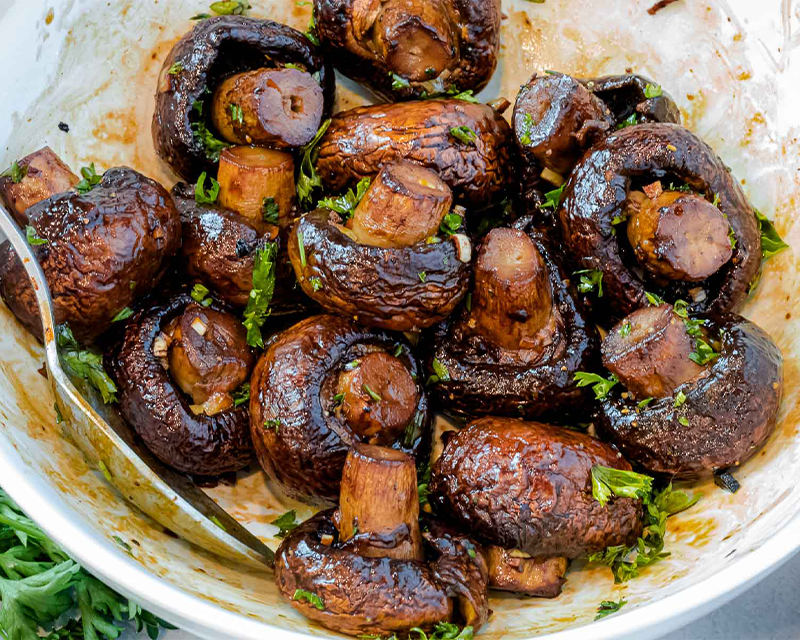
Another way to enjoy button mushrooms is by roasting them in the oven. By tossing button mushrooms with olive oil, salt, and pepper, and then roasting them until they are caramelized and crispy, you can create a savory and satisfying side dish or appetizer. Roasting button mushrooms intensifies their earthy flavor and adds a delightful crunch, making them a perfect accompaniment to a variety of dishes.
Health Benefits of Oyster Mushrooms vs Button Mushrooms
- Oyster mushrooms and button mushrooms offer unique health benefits that cater to different nutritional needs.
- Oyster mushrooms are renowned for their high levels of antioxidants, particularly ergothioneine, which can help protect cells from damage caused by free radicals.
- Additionally, oyster mushrooms are a rich source of dietary fiber, aiding in digestive health and promoting satiety.
- On the other hand, button mushrooms are a great source of vitamin D, a crucial nutrient for bone health and immune function.
- They also contain selenium, a mineral known for its antioxidant properties that may help reduce inflammation and enhance immune response. Incorporating both oyster and button mushrooms into your diet can provide a diverse array of health benefits, ensuring you receive a wide range of nutrients essential for overall well-being.

